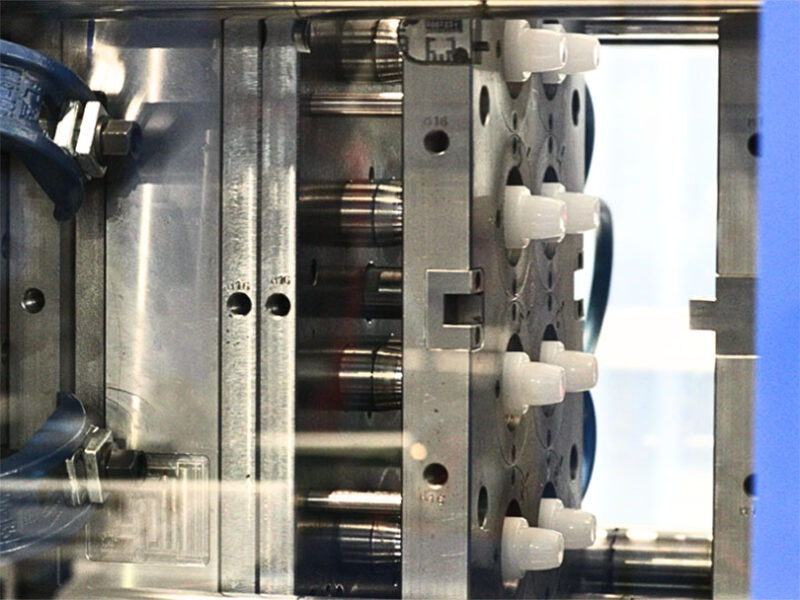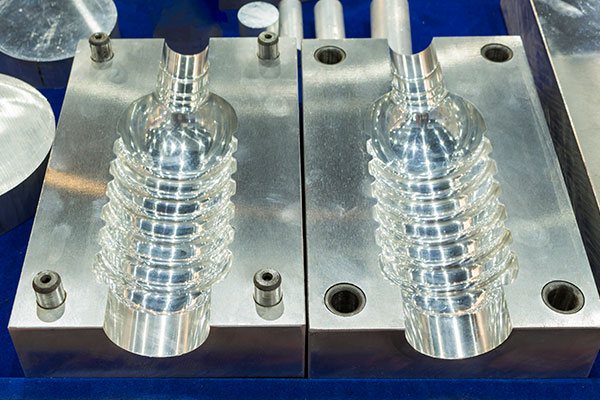The Benefits of Using Plastic Injection Molding for Custom Parts Manufacturing
The Benefits of Using Plastic Injection Molding for Custom Parts Manufacturing
Blog Article
Understanding the Basics of Plastic Injection Molding Processes
Plastic shot molding serves as a cornerstone of modern manufacturing, supplying a systematic approach to creating complex parts with accuracy. Checking out these crucial components might expose how even minor adjustments can lead to substantial enhancements in production outcomes, raising inquiries about the capacity for innovation in this established procedure.
What Is Plastic Shot Molding?
Plastic shot molding is a commonly used manufacturing procedure that changes thermosetting and thermoplastic products into precise and complex forms. This method is preferred for its capacity to create high quantities of identical components with remarkable precision, making it a vital method in various industries, including auto, consumer goods, and clinical devices.
The process includes melting the chosen plastic material and injecting it right into a mold under high stress. The mold, designed to the specifications of the desired part, allows the molten plastic to form as it solidifies and cools. When the product has solidified, the mold is opened up, and the finished part is ejected.
Plastic shot molding offers several benefits, including minimized waste, consistency in manufacturing, and the capability to integrate complex layouts that might be challenging with other making approaches. Furthermore, it supports a wide variety of materials, each supplying one-of-a-kind residential or commercial properties that can be customized for certain applications. As sectors remain to introduce, plastic injection molding remains at the center, allowing the growth of sophisticated products that meet developing customer demands.
The Injection Molding Refine
The injection molding procedure is a sophisticated method that entails several vital phases to produce premium plastic elements. At first, plastic pellets are fed right into a warmed barrel where they are merged a thick liquid. This molten plastic is then infused under high pressure right into a precision-engineered mold and mildew, which shapes the product right into the wanted type.
When the mold is loaded, the plastic is permitted to solidify and cool down, taking the shape of the mold and mildew tooth cavity. Cooling time is crucial, as it impacts the cycle time and the last residential or commercial properties of the molded component. After enough cooling, the mold and mildew opens, and the finished component is ejected utilizing ejector pins.

Materials Utilized in Shot Molding
Various products can be made use of in the injection molding process, each offering special residential or commercial properties that cater to specific applications. The most commonly used products consist of thermoplastics, thermosetting plastics, and elastomers.

Thermosetting plastics, like epoxy and phenolic materials, undertake a chemical change throughout the treating process, leading to an inflexible, stringent structure. These materials are optimal for applications calling for high heat resistance and architectural honesty, usually utilized in automotive components and electrical insulators.
Elastomers, consisting of silicone and rubber-based materials, provide flexibility and resilience. Their distinct homes make them ideal for applications that demand flexibility, such as seals and gaskets.
In addition, specialty products like bio-based plastics and composites are acquiring traction for their environmental click for source advantages and boosted performance attributes, expanding the extent of injection molding applications in various markets. Understanding the buildings of these materials is crucial for selecting the suitable type for details jobs.
Advantages of Injection Molding
Injection molding stands apart as a highly reliable production procedure that provides countless advantages for creating complicated components with accuracy. One of one of the most considerable advantages is the capacity to create complex styles that would certainly be difficult or impossible to accomplish with other techniques (Plastic Injection Molding). The procedure permits for in-depth features and tight tolerances, guaranteeing high-grade components
In addition, shot molding is understood for its rapid production capacities, making it a perfect selection for high-volume manufacturing. When the mold and mildew is developed, components can be generated quickly, decreasing lead times and enhancing overall productivity. This click for more info effectiveness not only lowers manufacturing expenses yet likewise supplies an affordable side in the market.
The versatility of materials made use of in injection molding better enhances its appeal. A vast array of thermoplastics and thermosetting polymers can be used, permitting producers to pick products that finest fulfill their particular needs, consisting of warm, flexibility, and stamina resistance.
Furthermore, the procedure reduces waste, as excess product can commonly be recycled and reused. This sustainability aspect adds to a decreased ecological influence, making injection molding a liable manufacturing selection. Generally, the advantages of shot molding make it a recommended approach for many sectors.
Elements Affecting Item Quality
While many aspects can influence item high quality in shot molding, comprehending these aspects is critical for accomplishing optimal results. Secret facets consist of product option, processing criteria, and mold and mildew layout.
Material selection plays a crucial function, as different polymers show unique properties that influence flowability, strength, and thermal stability. Poor product selection can lead to problems such as bending or incomplete dental filling.
Processing criteria, consisting of temperature level, stress, and cycle time, must be thoroughly regulated. Variants in these setups can lead to disparities in component measurements and surface finish. For circumstances, exceedingly high temperatures might trigger deterioration of the polymer, while poor pressure can cause short shots.
Mold design is similarly vital, as it identifies the flow of the molten plastic and the cooling procedure. Inadequately designed molds may lead to irregular cooling prices, resulting in residual stress and anxieties and dimensional mistakes.

Verdict
In verdict, plastic injection molding functions as an essential manufacturing process that makes it possible for the effective manufacturing of high-grade elements. Mastery of the shot molding procedure, consisting of the understanding of materials and the impact of various aspects on item high quality, is crucial for attaining optimum outcomes. The advantages of this method, such as cost-effectiveness and design versatility, further emphasize its value throughout multiple markets, strengthening its condition as a preferred option for high-volume production.
Plastic injection molding offers as a keystone of modern manufacturing, supplying a systematic approach to generating complex components with precision.Plastic shot molding offers a number of advantages, consisting of lowered waste, uniformity in manufacturing, and the ability to include complex designs that may be testing with various other manufacturing methods (Plastic Injection Molding). As markets continue to introduce, read plastic injection molding stays at the forefront, making it possible for the growth of sophisticated products that fulfill developing consumer demands
The injection molding process is a sophisticated method that includes several essential stages to create top notch plastic elements.In conclusion, plastic injection molding offers as a vital manufacturing process that enables the effective manufacturing of top quality parts.
Report this page